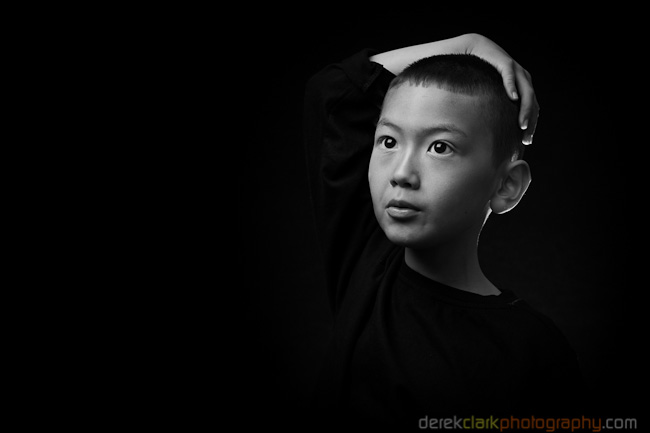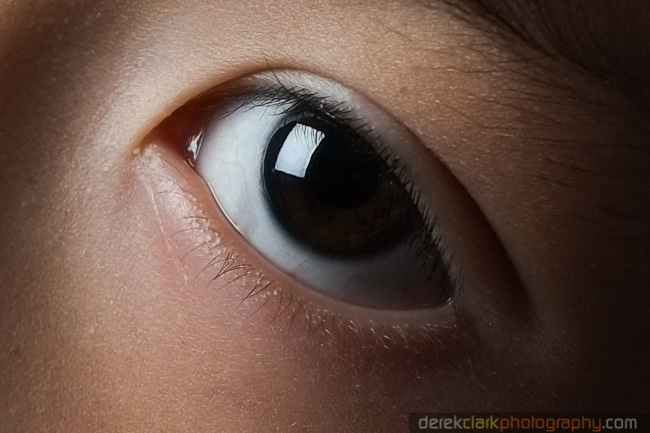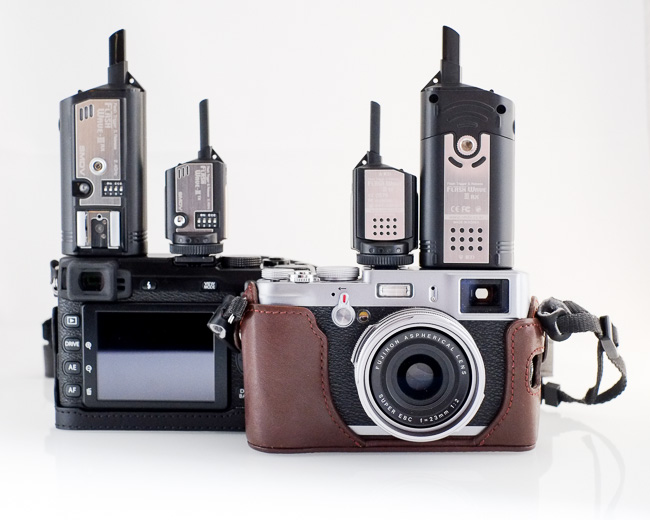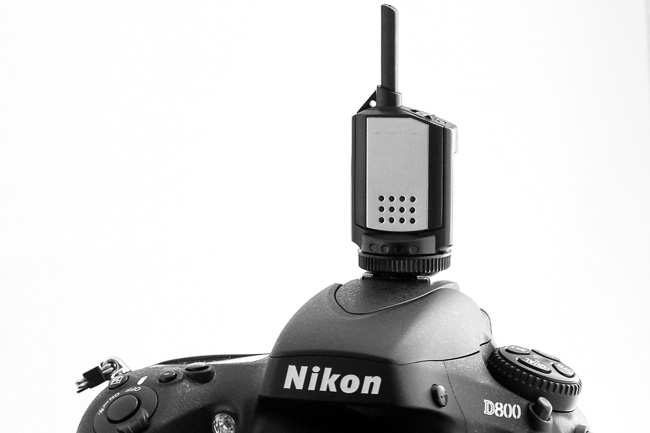 The X-Pro1 is an awesome camera for natural light portraits, but how about portraits with strobes? I ordered the camera back in January, when it was first announced, but the thought of it being a studio camera never crossed my mind. But I quickly became curious when I saw the results of portraits I had taken on the streets. I know that my photog buddy Patrick La Roque is also waiting with interest to see how the X-Pro1 does in a studio environment. Maybe this will be the final nail in his wallet's coffin? Check out Patrick's blog for loads of great X100 & X-Pro1 stuff.
The X-Pro1 is an awesome camera for natural light portraits, but how about portraits with strobes? I ordered the camera back in January, when it was first announced, but the thought of it being a studio camera never crossed my mind. But I quickly became curious when I saw the results of portraits I had taken on the streets. I know that my photog buddy Patrick La Roque is also waiting with interest to see how the X-Pro1 does in a studio environment. Maybe this will be the final nail in his wallet's coffin? Check out Patrick's blog for loads of great X100 & X-Pro1 stuff.

THE SET-UP & EQUIPMENT
I went old school for this test by using a PC sync cable (long one) and a light meter. I do loads of stuff with Nikon Speedlights, so I was really interested to see how or if they would work with the X-Pro1. My background was a collapsible Lastolite Black Velvet 6' x 5' and I also used a Lastolite Easybox Hotshoe softbox and stand. I placed an SB800 in the softbox and connected it to the camera via the PC sync cord. My second flash, an SB900, was set as an optical trigger (SU4 mode) and lay on it's back on the floor tilted up at 45 degrees to light the background and give separation between it and the subject.
I set the front light to 1/8th power, the X-Pro1 to 250th of a second and ISO to 200. I should have read the manual as the maximum sync speed is actually 1/180th sec (see CONS). I sat in position and took a meter reading (taking the PC sync cable from the camera and plugging it into my Sekonic light meter) from in front of my face which gave me f4 which was fine. I usually shoot strobe stuff about F8, but I wanted a shallower depth of field for these shots.

THE MODELS
The most difficult models to shoot are my own kids. With other peoples kids, I'm the stranger with the camera and they tend to sit still and behave. When you shoot your own kids, they don't sit still and they don't want to spend time being photographed when they could be outside playing with their friends. My son Teo can't sit still for more than 5 seconds, so the best way to keep him in front of a background is to let him do what he loves, tell stories. His actions become very animated and can look like poses (like the photo at the top of this post). My daughter Janel walks away everytime the flash fires and announces "that's us done". So this is a good test for the X-Pro1's auto focus.

THE CONS (or my stupidity)
The SB800 would go into sleep mode if there was a gap between shots and would not fire when the shutter was pressed, but would be back on for the next. I'm pretty sure this is just a matter of switching off the sleep mode in the Speedlights.

The main con is that you get the odd shot where half the frame is black (see left) due to the flash firing when the curtain is half way across. I shot all these photos at 1/250th of a second, but the maximum flash sync speed for the X-Pro1 is 1/180th of a sec. So rather than this being a con, I'm amazed that only a few of my shots have the dreaded black line across them.
EVF is not very good for this type of shoot as the camera ups the brightness of the viewfinder to the point where it's mostly blown out. This could turn into a plus if your scene was just too dark to see.
THE PROS
The OVF is actually really good for studio shooting and I was really surprised at just how few shots I got out of focus. In fact almost all of them were because the kids were moving so much. Another great thing that I hadn't thought about, was how little you have to chimp due to the viewfinder display giving a 2 second view of the shot. This really is a big deal, as you can easily lose the rap-ore with a subject if you're constantly looking at the back of the camera.

IF YOU'RE WONDERING HOW SHARP THESE PHOTOS ARE, HERE IS A CROP ON THE EYE OF THE PHOTO ABOVE

I was shooting with the 35mm f1.4 and it is absolutely, positively, one of the best lenses I have ever used. It is razor sharp and renders colours perfectly (the colours in these photos are untouched). Just look at the red Chinese dress below. I don't know how much is down to the sensor and how much is down to the lens, but there's something magical that happens with skin tones from the X-Pro1...It's beautiful!

CONCLUSION
The X-Pro1 is without doubt a fantastic studio camera and I'm going to be torn as to what I use for portraits, my Nikon gear or the X-Pro1. If I'm using Nikon Speedlights for a location portrait shoot, the SU800 Commander Unit is really great as you can set each light individually from above your camera. Maybe it's time to think about the new Pocket Wizard Plus III's? Or maybe a set of Elinchrom lights with Skyport transmitters?

So one of the questions that I see on the web a lot is "Can the X-Pro1 replace a Canon 5DmkII, mkIII or a Nikon D4? Absolutely! It's not great for shooting fast moving subjects (especially sport), but for everything else, the X-Pro1 is proving to be a very capable camera and in some cases it out performs DSLR's. Fuji made a great move by releasing 3 prime lenses at launch, which shows the stunning image quality. I won't be buying any zooms when they're released as I love primes and would rather zoom with my feet to get the sharpest images. I thought I knew what the X-Pro1 was going to be like before it even arrived...it's an X100 with a jacket on, right? But the X-Pro1 surprises me almost on a daily basis. I'm looking forward to getting more creative with this camera.

 I've been a heavy user of Nikon's Creative Lighting System for the past few years and it has worked well for me...if I'm shooting Nikon. But these days I need a radio system that would work equally well on the Nikon and the Fuji X-Pro1, X100 and now the X-E1. The latest pocket wizard plus iii's were looking like the direction I was going to go, but the system was a bit messy as the transceivers needed to be hung from the lights by lanyards. The Pocket wizards were also working out pretty expensive as I would have needed six units.
I've been a heavy user of Nikon's Creative Lighting System for the past few years and it has worked well for me...if I'm shooting Nikon. But these days I need a radio system that would work equally well on the Nikon and the Fuji X-Pro1, X100 and now the X-E1. The latest pocket wizard plus iii's were looking like the direction I was going to go, but the system was a bit messy as the transceivers needed to be hung from the lights by lanyards. The Pocket wizards were also working out pretty expensive as I would have needed six units.














